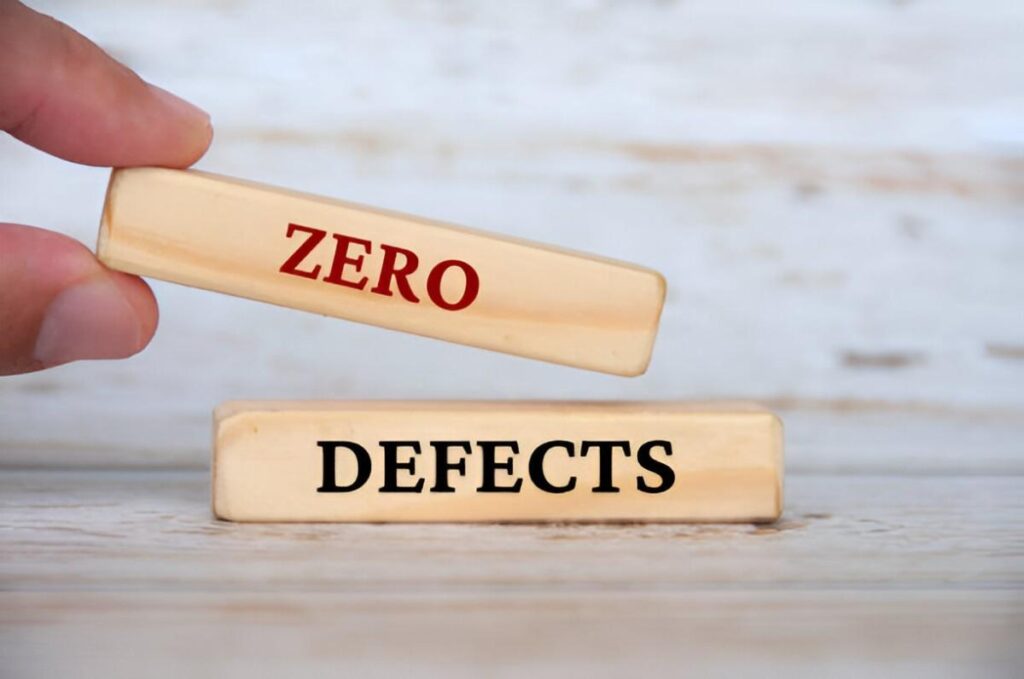As someone deeply immersed in the world of finance and accounting, I often encounter concepts that seem complex at first glance but are incredibly insightful once broken down. One such concept is the TSB Group Pie, a framework that helps us understand how financial resources are allocated and managed within an organization. In this article, I will demystify the TSB Group Pie, explain its components, and show how it can be applied in real-world scenarios. I’ll also provide examples, calculations, and comparisons to make this concept accessible to everyone, regardless of their financial background.
Table of Contents
What Is the TSB Group Pie?
The TSB Group Pie is a metaphorical representation of how a company’s financial resources are divided among its stakeholders. The term “pie” refers to the total financial resources available, and the slices represent how these resources are allocated. The TSB Group Pie is particularly useful for understanding the distribution of profits, costs, and investments in a business.
The acronym TSB stands for:
- Tax: The portion of resources allocated to taxes.
- Stakeholders: The share distributed to shareholders, employees, and other stakeholders.
- Business: The portion reinvested into the business for growth and operations.
Each slice of the pie represents a critical aspect of financial management. By analyzing the TSB Group Pie, we can gain insights into a company’s priorities, financial health, and long-term strategy.
Breaking Down the TSB Group Pie
Let’s dive deeper into each component of the TSB Group Pie.
1. Tax
Taxes are an unavoidable part of running a business. The tax slice of the pie represents the portion of a company’s revenue that goes to federal, state, and local governments. In the US, corporate tax rates vary depending on the company’s income and location. For example, the federal corporate tax rate is 21%, but state taxes can add an additional 2% to 12%.
To calculate the tax slice, we use the following formula:
\text{Tax} = \text{Revenue} \times \text{Tax Rate}For instance, if a company generates $1,000,000 in revenue and has an effective tax rate of 25%, the tax slice would be:
\text{Tax} = \$1,000,000 \times 0.25 = \$250,000This $250,000 is the portion of the pie allocated to taxes.
2. Stakeholders
The stakeholders slice includes dividends for shareholders, salaries for employees, and payments to suppliers and creditors. This slice is crucial because it reflects how a company rewards those who contribute to its success.
For example, if a company decides to distribute 30% of its revenue to stakeholders, the calculation would be:
\text{Stakeholders} = \text{Revenue} \times \text{Stakeholder Allocation Rate}
This $300,000 is divided among shareholders, employees, and other stakeholders based on the company’s policies.
3. Business
The business slice represents the portion of revenue reinvested into the company. This includes expenses like research and development, marketing, and capital expenditures. Reinvesting in the business is essential for growth and sustainability.
If a company allocates 45% of its revenue to business expenses, the calculation would be:
\text{Business} = \text{Revenue} \times \text{Business Allocation Rate}
This $450,000 is used to fund operations, develop new products, and expand the business.
Visualizing the TSB Group Pie
To better understand the TSB Group Pie, let’s visualize it using a hypothetical example.
| Slice | Allocation Rate | Amount |
|---|---|---|
| Tax | 25% | $250,000 |
| Stakeholders | 30% | $300,000 |
| Business | 45% | $450,000 |
| Total | 100% | $1,000,000 |
This table shows how the $1,000,000 revenue is divided among the three slices.
Applying the TSB Group Pie in Real Life
Let’s consider a real-world example to illustrate the TSB Group Pie in action. Suppose Company A generates $5,000,000 in revenue. The company’s tax rate is 20%, it allocates 35% to stakeholders, and reinvests 45% into the business.
Using the formulas we discussed earlier:
\text{Tax} = \$5,000,000 \times 0.20 = \$1,000,000
\text{Stakeholders} = \$5,000,000 \times 0.35 = \$1,750,000
Here’s how the TSB Group Pie looks for Company A:
| Slice | Allocation Rate | Amount |
|---|---|---|
| Tax | 20% | $1,000,000 |
| Stakeholders | 35% | $1,750,000 |
| Business | 45% | $2,250,000 |
| Total | 100% | $5,000,000 |
This breakdown helps us understand Company A’s financial priorities. A larger business slice indicates a focus on growth and expansion, while a larger stakeholders slice suggests a commitment to rewarding shareholders and employees.
Comparing Different TSB Group Pies
To gain further insights, let’s compare the TSB Group Pies of two companies: Company A and Company B.
| Slice | Company A Allocation | Company B Allocation |
|---|---|---|
| Tax | 20% | 25% |
| Stakeholders | 35% | 30% |
| Business | 45% | 45% |
Company A allocates more to stakeholders, while Company B pays a higher tax rate. This comparison highlights how different companies prioritize their financial resources.
The Impact of Socioeconomic Factors
In the US, socioeconomic factors like tax policies, labor costs, and market competition influence how companies allocate their resources. For example, companies in high-tax states may have a larger tax slice, while those in competitive industries may allocate more to business expenses to stay ahead.
Understanding these factors is crucial for analyzing the TSB Group Pie. It allows us to see beyond the numbers and consider the broader context in which a company operates.
Conclusion
The TSB Group Pie is a powerful tool for understanding how companies allocate their financial resources. By breaking down the pie into its three slices—Tax, Stakeholders, and Business—we can gain valuable insights into a company’s priorities and financial health. Whether you’re an investor, a business owner, or simply someone interested in finance, the TSB Group Pie offers a clear and practical framework for analyzing financial decisions.





